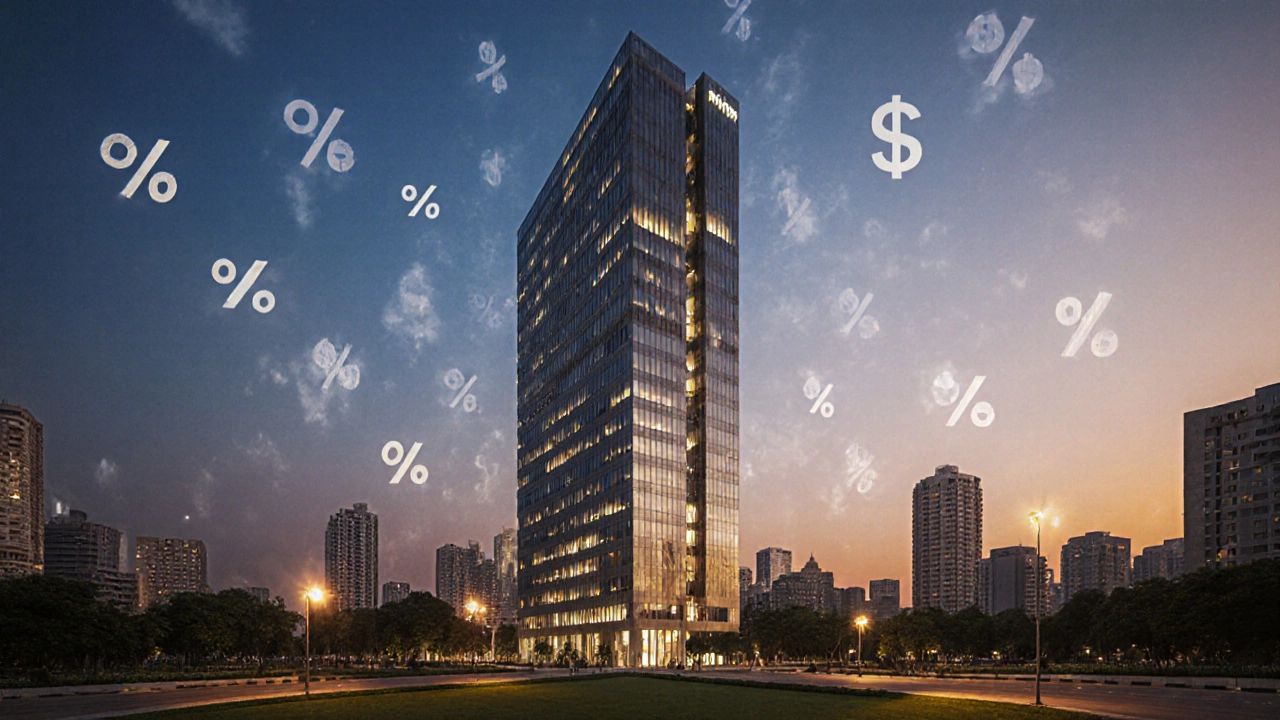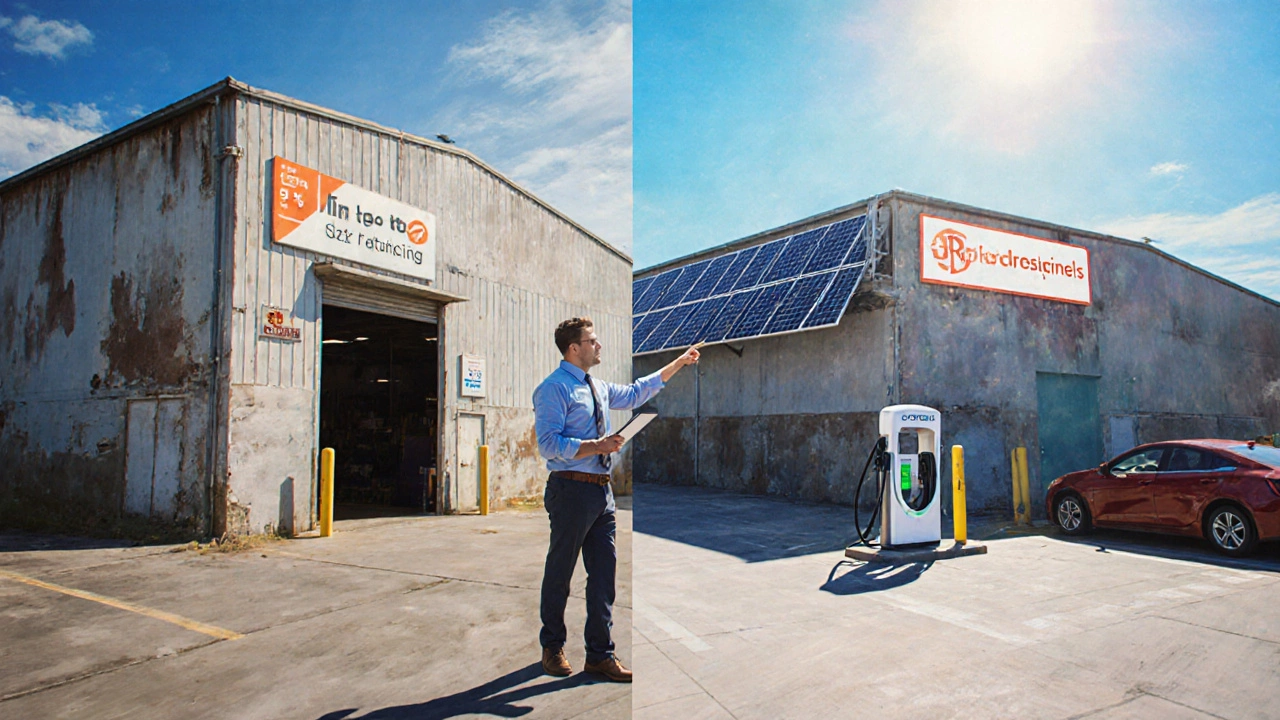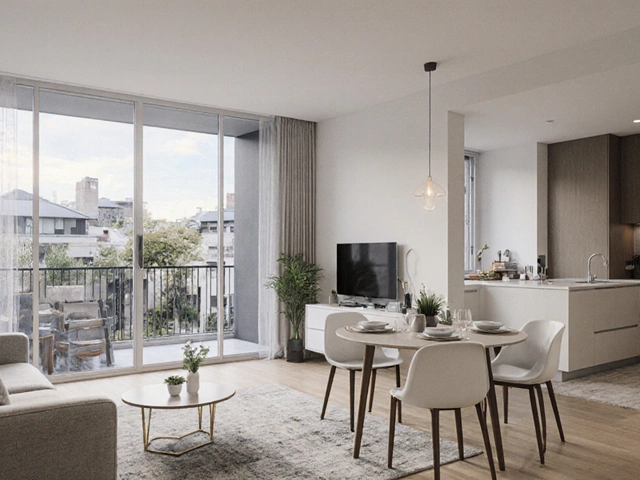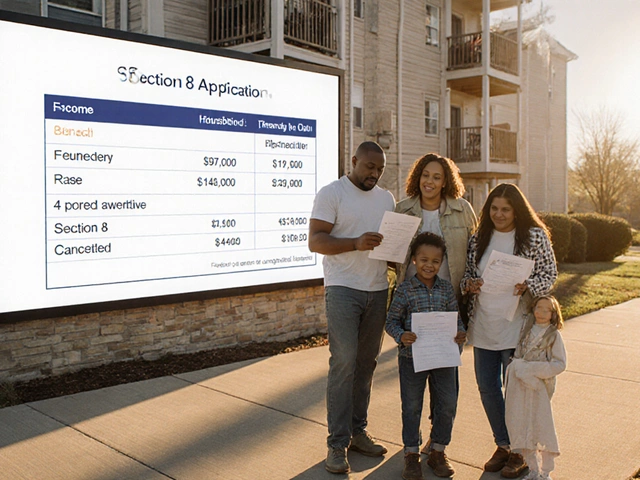Understanding the Average Return on a Commercial Property

Commercial Property Cap Rate Calculator
How to Use This Calculator
Enter your property's gross rental income and operating expenses to calculate Net Operating Income (NOI), then input the property value to determine the cap rate. This tool shows you the expected annual return compared to market benchmarks.
Input Property Details
Property Type Selection
Typical cap rates for selected asset class:
Results
Net Operating Income
Cap Rate
Market Comparison
This calculation shows the expected annual return on your property. A cap rate of 6.0%–7.5% is typical for commercial real estate, but varies by location and asset class.
When investors ask, average return on a commercial property is the percentage of profit an owner can expect to earn each year relative to the asset’s purchase price or market value. In plain English, it tells you how much money your building could make after you factor in rent, expenses, and market forces. Knowing this figure helps you decide whether a deal is worth chasing or if you should keep looking.
Quick Takeaways
- Nationally, commercial properties generate 5‑9% annual returns after expenses.
- Office assets sit near the low end, while industrial and multifamily often hit the high end.
- Cap rate, net operating income (NOI) and property value are the three numbers you’ll crunch.
- Location, tenant quality, lease length and market cycle can swing the return by ±2%.
- Benchmark against local market data, not just headline national averages.
How Returns Are Calculated
Three core figures drive the average return:
- Gross rental income - total rent collected before any costs.
- Net operating income (NOI) - gross rent minus operating expenses (property management, insurance, taxes, maintenance). This is the amount that actually fuels the return.
- Property value - either the purchase price or an appraised market value.
The most common metric is the cap rate, calculated as:
Cap Rate = (NOI ÷ Property Value) × 100%.
Because the cap rate is a snapshot of income versus value, it serves as a proxy for the average return. If a building’s NOI is $120,000 and its value is $1.5million, the cap rate works out to 8% - meaning you could expect roughly an 8% annual return, assuming the income stays steady.
Key Factors That Push the Average Return Up or Down
- Location premium: Prime downtown sites command higher rents but also higher prices, often compressing the cap rate.
- Tenant quality: Credit‑worthy tenants lower vacancy risk, allowing owners to accept a lower cap rate.
- Lease term length: Long‑term leases provide income stability, which investors value and reflect in a lower required return.
- Property type: Industrial warehouses and multifamily apartments usually yield higher returns than office or retail spaces.
- Market cycle: In a buyer’s market, prices dip faster than rents, boosting cap rates; in a seller’s market, the opposite occurs.
- Operating efficiency: Effective cost control (energy savings, low vacancy) raises NOI and improves the return.
Typical Return Ranges by Asset Class (2024‑2025 Data)
| Asset Class | Typical Cap Rate | Key Drivers |
|---|---|---|
| Office (CBD) | 5.0% - 6.5% | High purchase price, longer lease terms, corporate tenant credit. |
| Retail (Strip malls) | 6.0% - 7.5% | Consumer foot‑traffic, tenant mix, lease escalation clauses. |
| Industrial (Logistics) | 7.0% - 9.0% | Growing e‑commerce demand, shorter build‑to‑lease cycles. |
| Multifamily (Apartment blocks) | 6.5% - 8.5% | Population growth, rent control limits, operating expense ratios. |
| Specialty (Data centres, medical) | 8.0% - 10.0% | Technical infrastructure, high tenant credit, limited supply. |

Benchmarking Your Property’s Return
To know if your building is performing well, follow these steps:
- Gather the most recent rent roll and calculate gross rental income.
- Subtract all operating expenses (excluding debt service) to arrive at NOI. Typical expense ratios range from 30% to 45% of gross rent, depending on property type.
- Determine the current market value - use recent sales of comparable assets, a professional appraisal, or a discounted cash‑flow model.
- Plug the numbers into the cap‑rate formula. Compare the result to the table above and to local market reports from agencies such as CBRE or Colliers.
- Adjust for risk: if your tenant mix includes startups or short‑term leases, add a risk premium of 0.5%-1% to the required return figure.
When the calculated cap rate sits comfortably above the market benchmark (after risk adjustments), the property is likely delivering a healthy return. If it falls short, look for ways to boost NOI - raise rents, cut expenses, or upgrade to attract higher‑paying tenants.
Common Pitfalls and How to Avoid Them
- Relying on headline gross rent alone: Ignoring expenses inflates perceived returns. Always work with NOI.
- Using outdated comparables: Real‑estate cycles shift quickly; a sale from two years ago may mislead you.
- Over‑leveraging: High debt service can turn a decent cap rate into negative cash flow.
- Neglecting vacancy risk: Assuming 100% occupancy is unrealistic; a 5% vacancy buffer is a safe rule of thumb.
- Ignoring market trends: Economic shifts, zoning changes, or new infrastructure can dramatically affect future returns.
Frequently Asked Questions
What exactly does “average return on a commercial property” mean?
It’s the yearly profit you get from a commercial building expressed as a percentage of its value. Professionals usually report it as a cap rate, which is calculated from net operating income divided by the property’s market price.
How does the cap rate differ from cash‑on‑cash return?
Cap rate ignores financing - it looks only at the property’s income versus its price. Cash‑on‑cash return, on the other hand, factors in the actual cash you invested after taking a loan, so it can be higher or lower depending on leverage.
Is a higher cap rate always better?
Not necessarily. A high cap rate often signals higher perceived risk - maybe the location is less desirable or the tenants are weaker. You need to weigh risk versus reward.
What cap rate should I aim for in Auckland?
In 2024‑2025, Auckland office assets typically capped around 5.5%-6.5%, while industrial and logistics properties reached 7%-9%. Your target depends on the specific asset class and your risk tolerance.
Can I improve my property's return after purchase?
Yes. Strategies include renegotiating leases to market rates, reducing operating costs through energy upgrades, adding ancillary income streams (e.g., signage, parking), and repositioning the asset to attract higher‑quality tenants.




